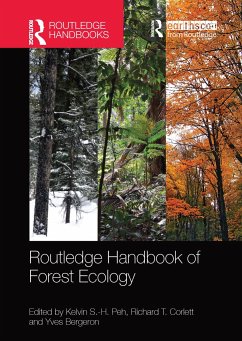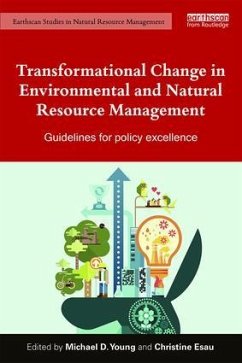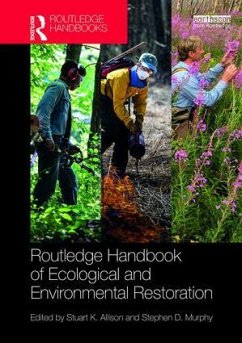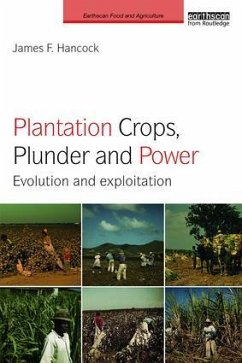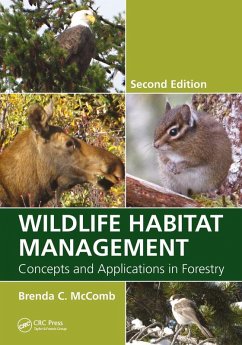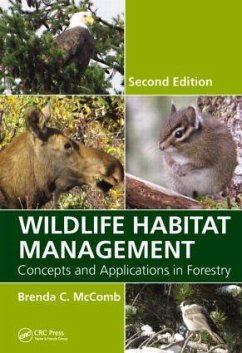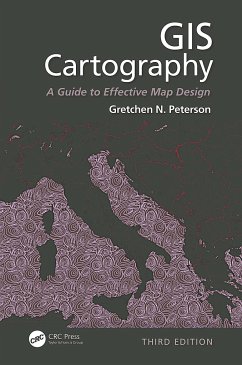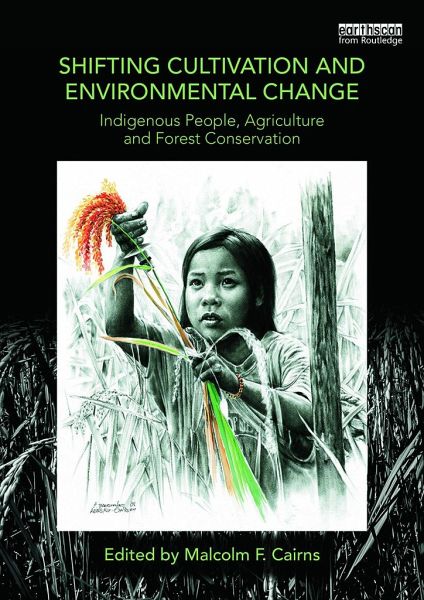
Shifting Cultivation and Environmental Change
Indigenous People, Agriculture and Forest Conservation
Herausgeber: Cairns, Malcolm F

PAYBACK Punkte
39 °P sammeln!
This book brings together the best of science and farmer experimentation, vividly illustrating the enormous diversity of shifting cultivation systems as well as the power of human ingenuity.




